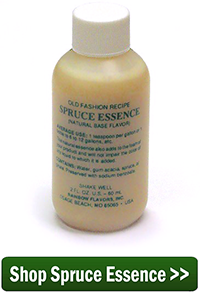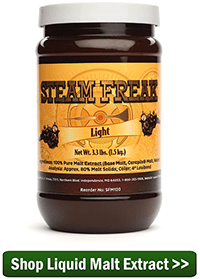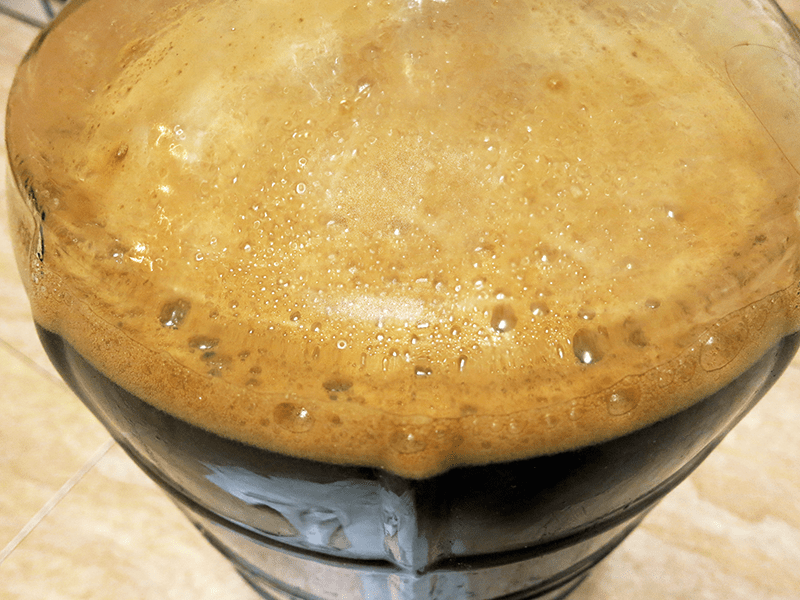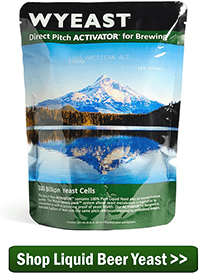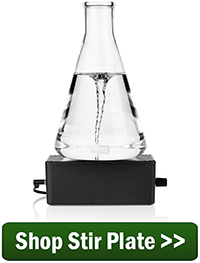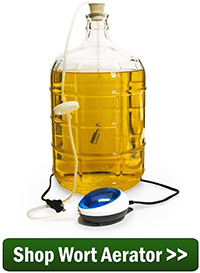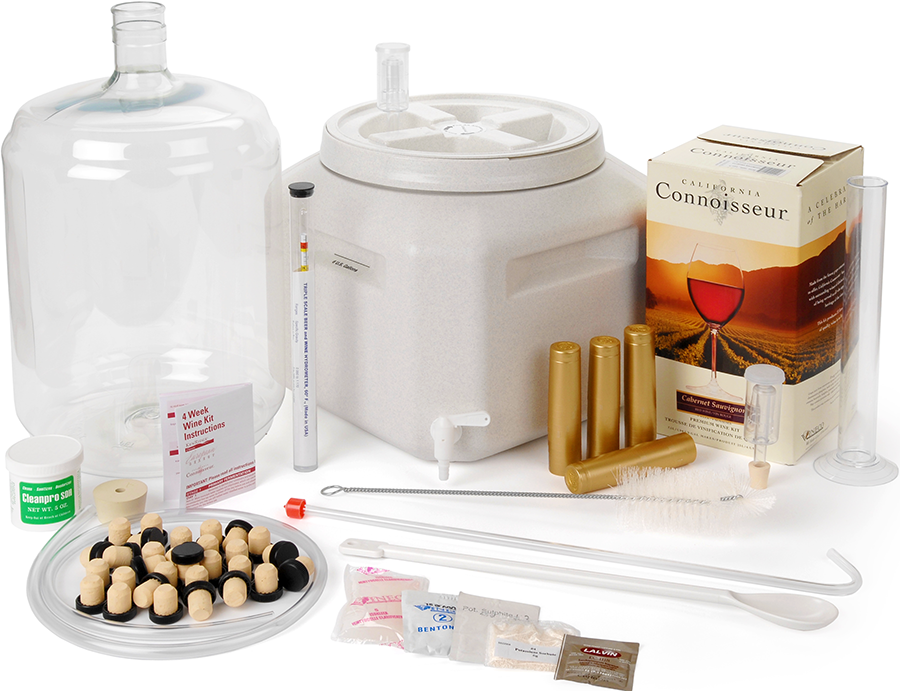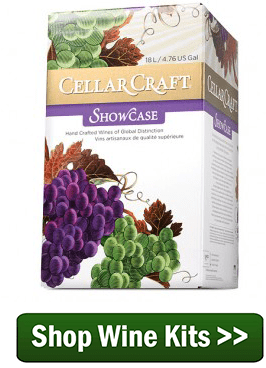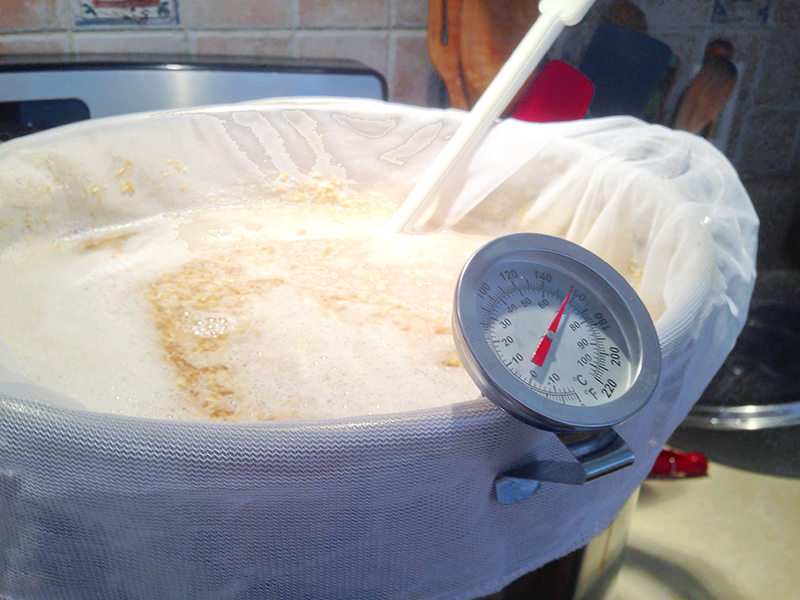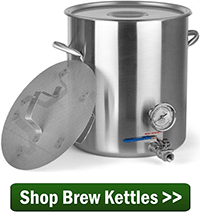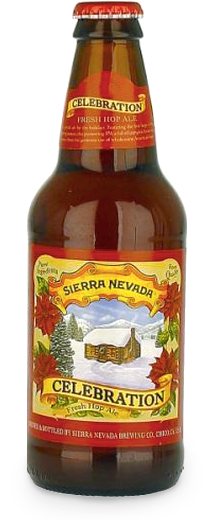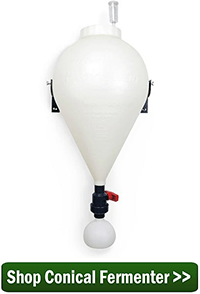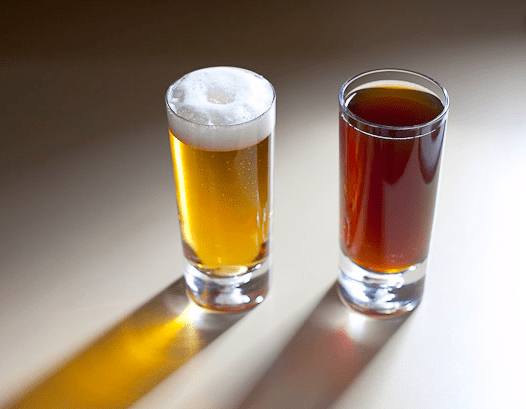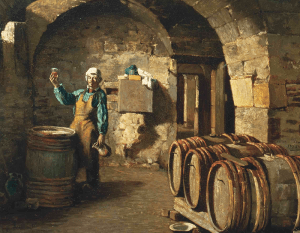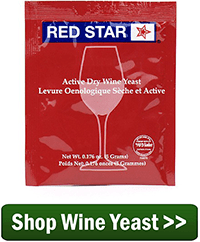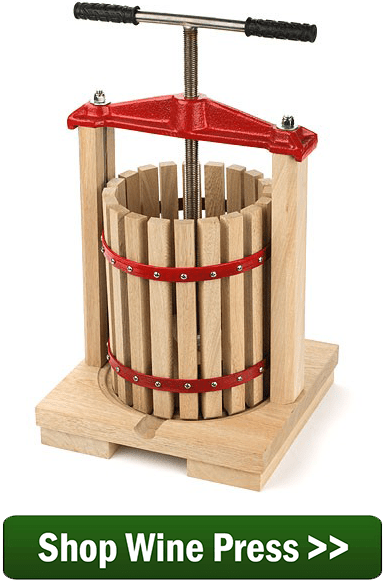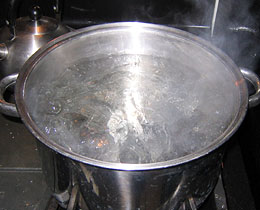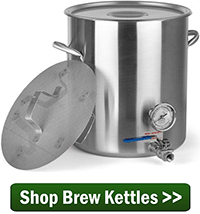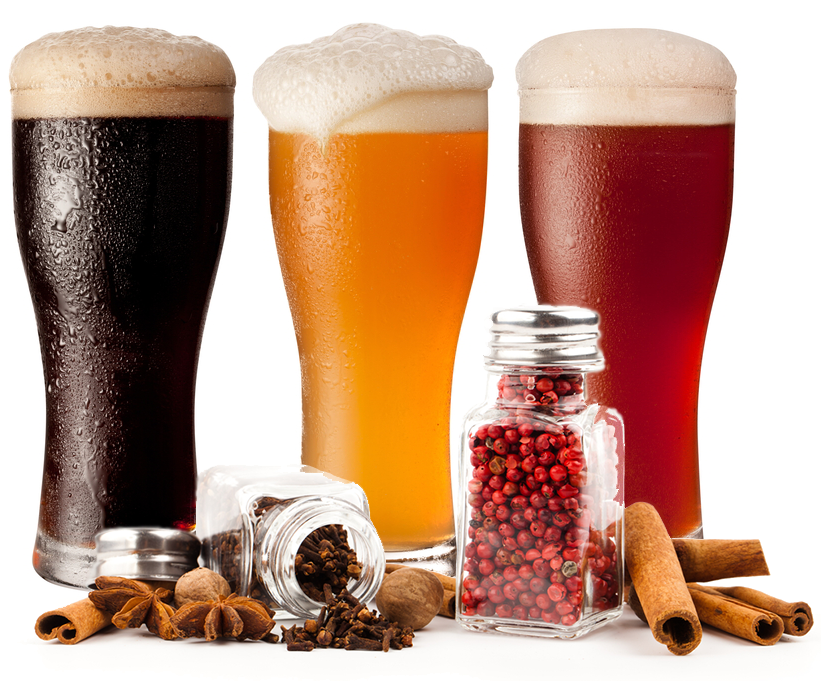 Looking to add a dash of creativity to your homebrew beer? Try using one – or more – of these ten home brewing spices! Adding spices to your beer can create a whole new dimension to its flavor profile. Here are 10 spices you can experiment with:
Looking to add a dash of creativity to your homebrew beer? Try using one – or more – of these ten home brewing spices! Adding spices to your beer can create a whole new dimension to its flavor profile. Here are 10 spices you can experiment with:
- Caraway – If you’re a fan of rye bread, you might try a caraway rye ale. Caraway seeds tend to work well with darker beers. Use about 5 grams of toasted seeds per gallon as a starting point, added for a few days at the end of secondary fermentation.
- Cayenne – Much like with a chipotle smoked porter, cayenne can be used to give a spicy kick to nearly any beer. Remember, moderation is key! 1/2 teaspoon at the end of the boil in a five-gallon batch should give you plenty of heat.
- Cinnamon – Cinnamon actually comes from the bark of a tree. There are two types: Cassia cinnamon – the one most commonly found in grocery stores – and “true” cinnamon (Cinnamomum verum or Cinnamomum zeylanicum). Choose which one you prefer. Both work well in combination with other commonly used home brewing spices like: ginger, cloves, and nutmeg. Put the cinnamon stick or ground cinnamon directly in the boil.
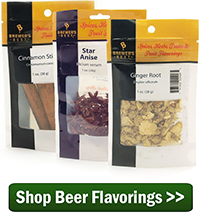 Cloves – You might try to add a dash (no more!) of cloves to a hefeweizen to accent the clove character of the Weizen beer yeast, which tends to come out when this style is fermented at the lower end of the temperature range. This is one of the more practical ways of using spices in beer. Cloves also work nicely in winter spiced ales.
Cloves – You might try to add a dash (no more!) of cloves to a hefeweizen to accent the clove character of the Weizen beer yeast, which tends to come out when this style is fermented at the lower end of the temperature range. This is one of the more practical ways of using spices in beer. Cloves also work nicely in winter spiced ales.
- Coriander – Notorious for its use in Belgian witbier, coriander can also lend a pleasant citrus spiciness to other brews, such as saisons.
- Fennel Seed – I had an excellent beer at a homebrew festival a couple years ago, a whiskey fennel ale. It was an amber ale base, with the whiskey and fennel added in perfect balance. Try from a cup to a quart of whiskey added into the secondary fermenter. The fennel seed can be added towards the end of the boil, into the fermenter, or maybe even steeped in the whiskey for a few days prior to mixing it into the beer.
- Ginger – Of all the spices you can add to a beer, ginger is one of the most commonly found. Used in high enough proportions (an ounce or more per gallon), it can lend a very sharp, spicy kick to your homebrew. Check out our guide for brewing a real ginger ale.
- Mole – New Belgium’s Cocoa Mole Ale is amazing. Though mole is actually a blend of spices, you can find mole blends at most grocery stores.
- Peppercorns – I have had a couple of excellent saisons brewed with peppercorns. As when using most spices in beer, the subtlety was the key. There are a variety of different peppercorns (white, red, black, green). Try aging some beer on a teaspoon or two of whole peppercorns for a touch of spicy complexity.
- Turmeric – A subtle earthy spice, turmeric is a major component of yellow curry powder with an intense yellow color. Try mixing turmeric with a combination of other spices, like ginger and coriander in your homebrew, but be aware that it may stain your plastic fermenter!
*Remember: When adding home brewing spices to beer, less is more! If you’re  unfamiliar with a particular spice, start with just a touch. For the stronger spices (like hot chiles), a teaspoon in the homebrew may well impart a lot of flavor. A quarter-ounce to an ounce at most will be plenty, adding the spice either into the secondary fermenter or during the last 10-15 minutes of the boil. I’ve found that when some home brewing spices are boiled too long they can impart some bitterness that may overwhelm the palate.
unfamiliar with a particular spice, start with just a touch. For the stronger spices (like hot chiles), a teaspoon in the homebrew may well impart a lot of flavor. A quarter-ounce to an ounce at most will be plenty, adding the spice either into the secondary fermenter or during the last 10-15 minutes of the boil. I’ve found that when some home brewing spices are boiled too long they can impart some bitterness that may overwhelm the palate.
In the event that the spice flavor is too much, try giving the beer a month or two to age, maybe even longer. The spice will usually subside to some degree over time.
Have you ever tried adding home brewing spices to beers? What spices would you like to try using in your future brew?
—–
David Ackley is a beer writer, homebrewer, and self-described “craft beer crusader.” He holds a General Certificate in Brewing from the Institute of Brewing and Distilling and is founder of the Local Beer Blog.

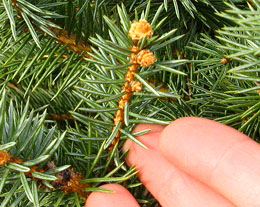 Before we get to the spruce beer recipe lets talk a little bit about spruce. Trees and their branches, barks, and berries have been used traditionally for flavoring beers, especially in Scandinavian countries, for hundreds of years. Juniper, spruce, and fir are some of the most common. Delaware’s Dogfish Head Brewery revived the Finnish Sahti, a traditional beer made from rye, barley, and juniper. Their interpretation is called Sah-tea.
Before we get to the spruce beer recipe lets talk a little bit about spruce. Trees and their branches, barks, and berries have been used traditionally for flavoring beers, especially in Scandinavian countries, for hundreds of years. Juniper, spruce, and fir are some of the most common. Delaware’s Dogfish Head Brewery revived the Finnish Sahti, a traditional beer made from rye, barley, and juniper. Their interpretation is called Sah-tea.